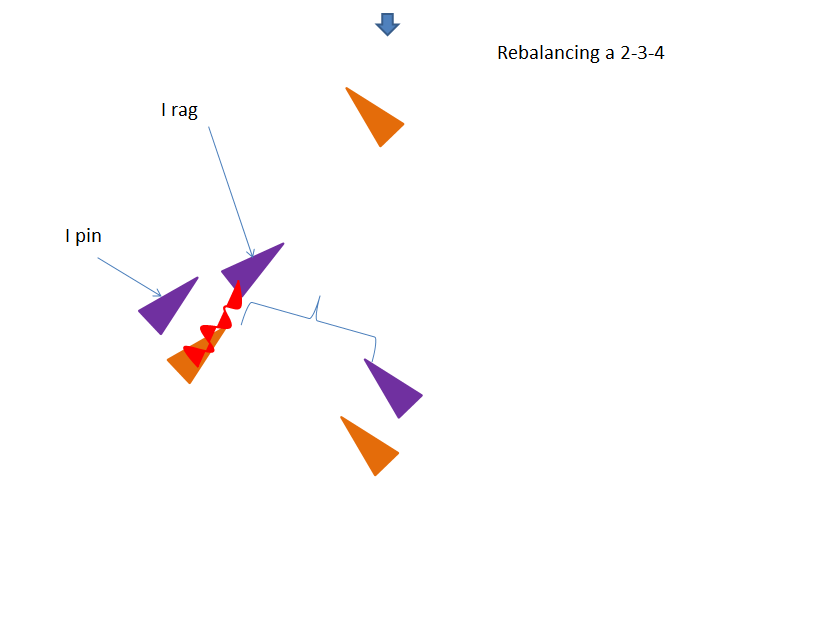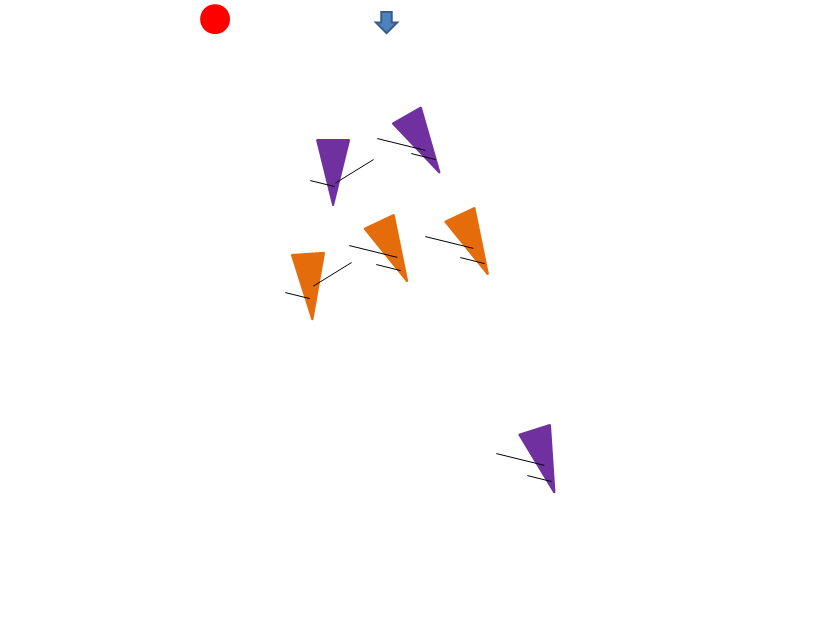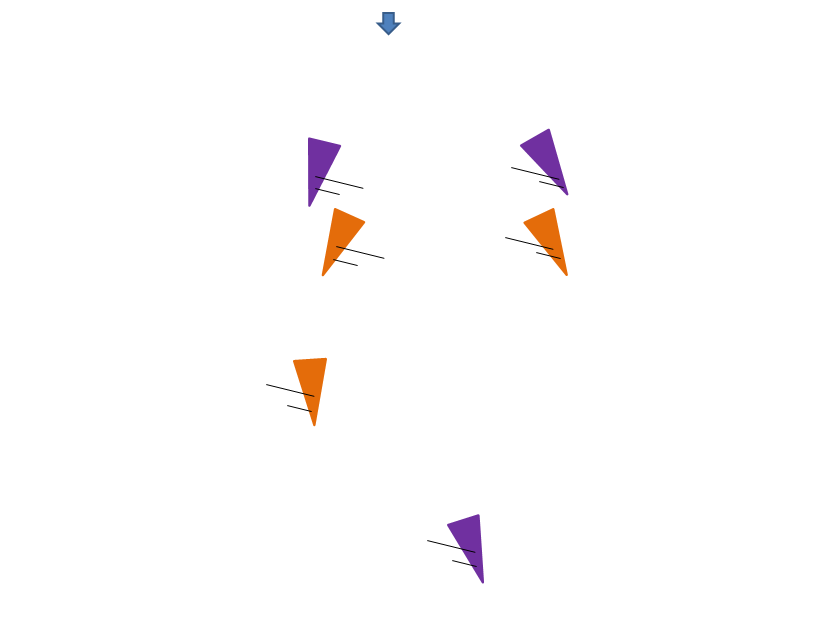Gill North America Website: http://bit.ly/GillNA
Gill North America on Facebook: http://bit.ly/GillNAFB
Zim Sailing/Gill North America Sweepstakes: http://bit.ly/ZimGillSweepstakes
Could you tell us a little bit about your background and career?
I have spent most of my life around sailboats. Our family lived in England until I was 10 years old, and I did a lot of racing with my father as a crew during that time. Most of the racing we did was in a boat called an Albacore. My fondest childhood memory was Cowes Race Week. Eventually, my father’s business moved to the USA, and we settled in Glen Cove on Long Island. We joined the Sea Cliff Yacht Club. I raced Snipes and Stars with my Dad on weekends, and I joined the junior sailing program over the summers. I just fell into the sport from that point forward.
When I was 14, I won my first Nationals in the Blue Jay, which caught some people’s attention. Over the next couple of years, I first won the Neff, and then the Bell Trophy, awarded to the top junior sailor on Long Island. I had a tremendous crew, Joey Yacho, and a lot of club and family support. By the time I turned 17, I started racing Fireballs and 470’s, and was gathering an interest in Olympic Racing. I raced as a 470 crew with Dave Kellogg, and we did the Pre Trials in 1975. We made the US Sailing Team just before I went off to college at UC Irvine.
UCI had a really good sailing team at the time, and I sailed for them while studying Biomedical Science. Whenever I wasn’t in school studying or sailing for the school, I was racing with others on the west coast, learning everything that I could. That was my passion. I raced a lot of Lidos, won a National’s in the C 15 with Tom Lindsky, and raced J24’s. I also worked part time for Dave Ullman. After work, we would go out to Long Beach, train, and look at sail shapes. This was an excellent opportunity for me to learn from a truly amazing sailor.
At the end of my junior year, I left UCI, and made a push towards the 1980 Olympics with Dave Kellogg in the 470. We made the US Sailing Team, and trained hard for the trials. Eventually the plug was pulled on the games, making the trials essentially a non-event. We finished 4th.
That summer, I went to work as a sales engineer for Lombardi on the west coast. I covered the 13 western states for the company, and kept racing on weekends. Deep down inside, I missed the 470 Olympic opportunity in 1980. It left me with what I felt was unfinished business. So, after three years with a great company, I quit my job, and decided to start campaigning for the 1984 games in Los Angeles.
This is how the business really got started. I came home in the summer of 1983, from California, to live with my parents on Lake Lanier, near Atlanta, Georgia. I started a small marine service business “Weathermark “, with my 470 Crew Kenny Watts. We worked out of my parents’ home. We sold Ullmans Sails, ISP Sailing Products, and BIC Sailboards. When we were not away racing the 470, we worked the business. After sailing for years, I already knew many people in the sailing industry, making it relatively easy to get into the business side of the sport.
Weathermark became a very successful sailboat dealership. We sold it in the spring of 1999, after a great 15 year run, but that’s another story!
This story is about the genesis of Gill NA. In the summer 1984, at one of the local yacht clubs, I noticed someone wearing a Douglas Gill one piece product. In all my years of sailing, I had never seen the brand before. My father wrote a note to Douglas Gill, based in the UK, to find out more about their business, and to inquire about selling their products. Gill was very small at the time, just like Weathermark. Weathermark was centered and focused on the Southeast of the United States, whereas Gill was potentially a national opportunity. I had a vision, even back then, for the line. After a trial run in 1985, Nick Gill gave us the national distributor rights in 1986. So, that’s how it all started with Gill. Just a chance meeting with someone wearing a Gill product on a boat ramp at a local sailing club!
Why did you elect to sell Weathermark and focus on Gill?
As I mentioned, Weathermark was doing very well. Weathermark was a thriving business that required a lot of attention, and was also exposed when the lake level dropped too low. This happened in both 1986 and 1987, and I knew we needed something else to help offset and compensate for low lake level years. Gill was the answer. In the early 1990’s, Gill really started to take off. Nick was spending a lot of time in the US, and we were making a lot of new products to meet the growing needs of the market. Gill started to double in size every year.
I saw a lot of potential for further growth on the Gill side. I felt, at the time, that Weathermark had reached its market cap, and that our team had done an excellent job getting there. However, when the wind shifts, you should tack. In the retail business, you have to work a lot of weekends. Transitioning over to Gill NA full time gave me more time to spend with my family, and an opportunity to focus on a growing national brand. At that time, I had a young family, and while the sale of Weathermark was a great source of capital to fuel the Gill NA side of our business, the ultimate decision was more about family.
Every day, I wake up thankful for that decision and the job that I get to do every day. I get to follow my heart and passion for the sailing lifestyle. Ever since 1999, we have never looked back. Gill NA’s annual compound growth rate has been very strong. The mantra was “striving to do less better!”
What do you enjoy about working on the apparel side of the sailing industry?
The sailing apparel industry, I find, is a very personal sale. It’s all about the sailor and the marine customer. Their passion is life on the water. They are not sailing in an inanimate piece of equipment. The clothing speaks to who they are. Our technical clothing takes on a life of its own, when it is on the customer. When customers are purchasing technical clothing gear, we are getting into that person’s comfort zone, asking about use and fit, and we get to hear all of their stories in the process. They invite us in. Our team at Gill is devoted to helping people, by making their life on the water better! We are fortunate at Gill NA to have excellent and experienced staff team to help the customer. Our sales manager Jerry Richards, for example, has raced in two Olympics, an America’s Cup, and many offshore races. He understands technical clothing, and the value of dressing properly on the water. We are all about helping the customer make an informed purchase decision.
What will the sailing apparel industry look like in 10 years?
Fabric has changed a lot over the past 10-15 years. Fabrics are now mostly breathable, and are getting more so every day. Fabric technology has moved considerably, and I think it is fair to say that it will continue to do so. Durability will continue to increase, moisture vapor will become more efficient, and I would expect changes in how garments are assembled. As an example, we may get to the point where seams are glued and no sewing is required.
Product sourcing will, most likely, move closer to home in the United States. The cost of manufacturing in China is going up, shipping costs are going up, and there is an urgency to cut down on delivery time. We will possibly see a Dell like manufacturing model for custom clothing.
Fashion trends and colors will remain contemporary and appealing to the time period. We look at trends and colors as far as 24 months out from a product’s release.
Gill International invests continually in these product development areas ….what I call value creation. Innovation fuels sales.
Gill just became the Official Technical Apparel Sponsor of US Sailing. What is most exciting to Gill about this relationship with US Sailing?
Our US Sailing sponsor relationship allows Gill NA to connect directly with our ideal customer target audience - a US Sailing member. It also provides a way to stay connected and give back to the sport. There are a host of amazing programs and events that Gill is excited to take part in, including certified race instruction, the road tour, US Sailing Championships and an educational component. Gill has given back and stayed involved with US Sailing from 1996 to 2008 as a Sailing Team sponsor. After that, we decided to focus on the association side. That’s where we are today.
Who is your sailing idol?
I’m not big on having idols. I have a lot of admiration for many different sailors that I have met throughout my career. Dave Ullman is someone I have a lot of admiration and respect for. He has continued to keep Ullman Sails thriving for so many years, and he has such a natural ability as a sailor. He would always give back, and help you get to the next level. He never seemed secretive, and was always open to helping you get up to speed in a class. Dave had such a huge impact on my life at an early stage. Getting to see firsthand, by watching him, what an entrepreneurial business looked like, helped me see that I could work for myself one day. Passion turned into profession.
Another huge influence on my life was Nick Gill, our chairman. He gave me the benefit of the doubt way back in the day, at age 26, and helped me connect a few very good decisions to get my career jumpstarted. He is a very humble, servant-leader type. You would never know he was the chairman unless someone told you that he was. We’ve known each other for 30 years.
My job allows me to connect with many people in the industry. Many of the owners and employees of the dealerships we serve are excellent sailors. I have strived stayed connected with so many other talented racers, cruisers, and pro fishing anglers whom I have great respect for. I have a lot of respect for all of these individuals.
What kinds of things should a customer look for and consider when purchasing sailing gear?
The most focused time we have with customers is at a boat show. We like to encourage the customer to try on the product, because it is important to see how the garment fits. We encourage customers to try other brands on as well, because we think that our fit is a strong selling point. Gill has a garment technologist who does nothing but work on fit, and refine our patterns to ensure that our fit is consistent across all styles.
The level of features you want is also important. Gill makes products that go all the way to ocean level criteria. You will need to look at safety considerations, reflectors, drainage, and pockets. Look at how a garment is taped. There is a specific technique for proper taping. Turn the product inside out, and then compare with the competition. Look at how the garment is sewn together, and check for exposed stitching. If the stitching is exposed, it will significantly diminish the life of a garment.
Fabric is important. Does the fabric breathe? Are the key wear areas reinforced? Buyer beware -this is the area were garment design can really be compromised. Fabric is as much as 50% of the cost of the garment, and it’s an easy place for factory’s to cut cost and greatly reduce the life and performance of the garment.
Lastly, look at a product’s guarantee. The Gill guarantee offers real peace of mind to our customers.
Tell us about the Zim Sailing/Gill Sweepstakes. Why did you elect to work with Zim, and how do the two companies fit together?
Zim is an excellent upcoming boat brand, and we have seen the great work you all have done to support junior, high school, and collegiate sailing. Gill has partnered and offered a number of different giveaways with several companies on the social media platform. We have given away yacht charters, free gear, boats, boat show tickets, and all sorts of other things. This contest is about building awareness of the brand by offering a chance for someone to win a brand new Zim Optimist and $1,000 retail value of Gill sailing gear.
What products are you most excited about in this year’s program?
Gill has had a very busy year working on innovation and value. The market place wants innovation, improved product, and stable costs if possible. Our new spring 2013 offer includes a fully updated OS2 style that is foundational to our offshore foul weather gear line up. We have an entire new luggage range and Inshore Lite Foul Weather Gear range. The newest addition to the color pallet is “bright lime” in dinghy, which is very popular. Our new coast guard PFD and sunglasses round out the spring 2013 offering. We have a very broad product line that dealer’s love.
How does Gill go about new product development and research?
On the Gill North America side of the business, we work as an importer and distributor. We focus on “value delivery”: marketing, sales, customer service, etc. On the research and development side in the UK they focus on “value creation”. We are invited by Gill International, based in the UK, a few times a year, to participate and speak to the development process. This process starts two years in advance of final production products hitting the market. During this time, the products will go through many design changes to achieve the design brief. Samples are then made and field tested. No product is released until it is tested on sailors, and they have a chance to destroy what they are wearing. If it does not meet the criteria of the original brief, and offer unique and distinct value that make the lives of our customers better, the product is not released.
After a product is out in the market place, we obtain notes and feedback from the people that use it, and incorporate that research into the next generation of products.
In the end, Gill makes a great range of products with an excellent value proposition for consumers in the sailing and boating community. We are also one of the few brands that offer a comprehensive selection of junior and women’s gear. I am very proud of the job we do, of our team of dedicated professionals, and what we sell, and we look forward to doing it for many years to come.
David Pritchard





























